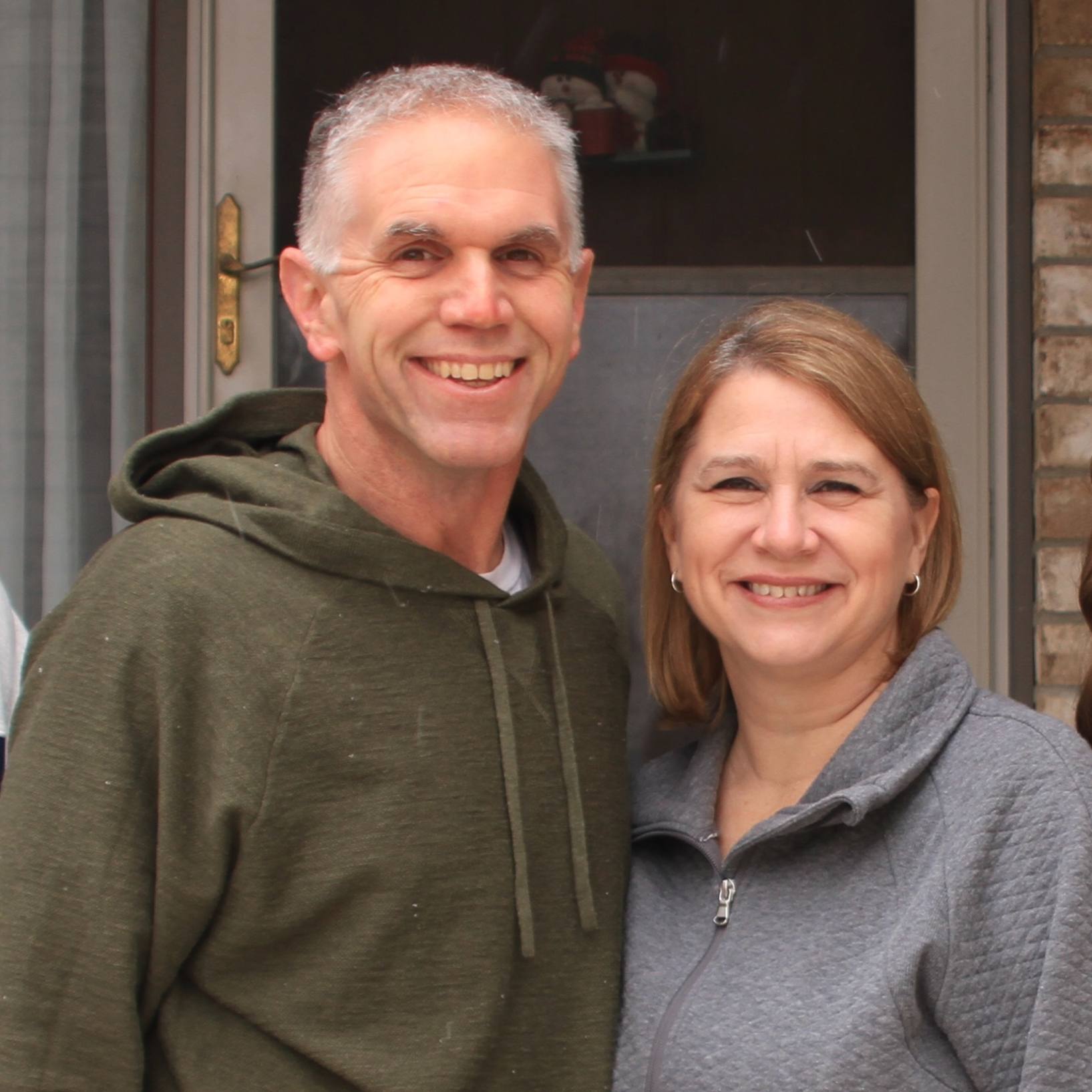
A brain tumor diagnosis was made worse for Melissa Whiley of Gainesville, Florida when she was told the mass location made surgery to remove it dangerous, if not impossible.
Then she came to Mayo Clinic and learned about an operation that would make her an active part of removing her tumor. It's called "awake brain surgery."
Watch: Melissa Whiley's Mayo Clinic story.
Journalists: Broadcast-quality video (3:06) is in the downloads at the end of this post. Please "Courtesy: Mayo Clinic News Network." Read the script.
Melissa loves to race, so being sidelined was tough.
"Sitting still and not feeling good, it's not really my jam," she says.
But something big put the brakes on this active 40-year-old.
"I collapsed in the hotel we were staying at ― blacked out," she explains. "I don't know what, you know ... happened or how long I was out."
"Melissa basically had a rare type of a low-grade glioma or a grade 2 glioma," says Dr. Kaisorn Chaichana, a Mayo Clinic neurologic surgeon.
A brain tumor. And there was more bad news for Melissa and her husband, Chris Whiley.
"Unfortunately, her tumor is right in that area that controls speech — her ability to pronounce words," adds Dr. Chaichana.
It was also near important areas of the brain that form memories, so leaving it in place could mean more problems.
"That glioma could become a higher-grade glioma, or lead to more seizures or be catastrophic," says Dr. Chaichana.
On the other hand, surgery to remove the tumor could compromise Melissa's speech.
"It was scary," says Melissa. "To not be able to communicate would literally be my worst nightmare."
But Dr. Chaichana had seen this type of tumor before, and he knew how to remove it without harming Melissa's ability to communicate.
"He said, 'We're going to have to do an awake craniotomy,'" explains Melissa. "And my body felt like Jell-O. And I couldn't catch my breath. Really, I was, like, 'What?'"
Awake craniotomy or awake brain surgery allows a Mayo Clinic surgical team to ask questions of the patient and monitor activity in the brain during the responses. This back-and-forth helps ensure the surgery to remove a tumor isn't affecting the patient's communication and cognition skills.
"A lot of centers perform awake surgery," says Dr. Chaichana. "But we take it one step further. We rely on a multidisciplinary team to do the surgery."
"It was surreal," says Melissa, in trying to explain the surgery. "I don't even know how to describe it."
"We put her asleep for the opening part, which means making the incision and removing the bone overlying the lesion," explains Dr. Chaichana. "Then we woke her up."
"And you could see them all working together in surgery," adds Melissa. "And it was a well-oiled machine."
"She participated in all these activities ― naming objects, executive function, calculations and memory," says Dr. Chaichana.
The team of specialists was testing Melissa's language, problem-solving and reasoning skills, hearing, vision, and her memory to ensure they could resect the tumor area safely without compromising cognitive function.
"It's just fascinating that they can avoid all of that ... super-eloquent tissue to just get the tumor," adds Melissa.
Thanks in part to Melissa's help, the surgery was a success.
"So the scans look perfect," explains Dr. Chaichana in a follow-up appointment with Melissa.
"I will never know how you can do that," Melissa admits. "That is just incredible."
"You allowed us to help you, and now it looks good," says Dr. Chaichana.
Just a few months later, Melissa's back at the track, on the go and pedaling toward another goal.
"Of course I got back on that bike," says Melissa. "I feel amazing. Awake craniotomy ― totally worth it."







